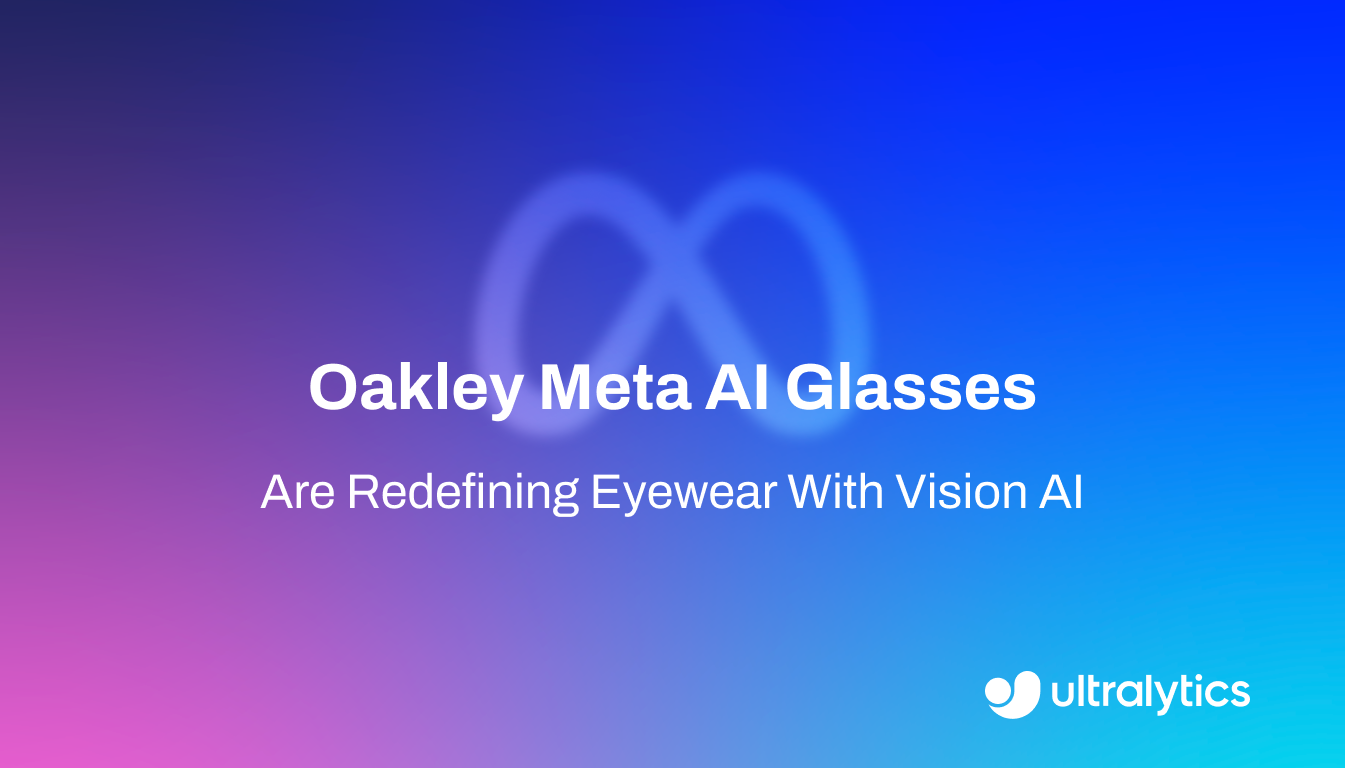Big Data
Discover the power of Big Data in AI/ML! Learn how massive datasets fuel machine learning, tools for processing, and real-world applications.
Big Data refers to extremely large, complex, and fast-growing datasets that exceed the processing capabilities of
traditional database management tools. It is characterized by the "Five Vs": Volume (the sheer amount of
data), Velocity (the speed of data generation), Variety (the diversity of data types), Veracity (the quality and
trustworthiness), and Value (the insights derived). In the realm of
Artificial Intelligence (AI), Big Data
serves as the fundamental resource that powers modern
Machine Learning (ML) algorithms, enabling them
to identify patterns, make predictions, and improve performance over time.
The Critical Role of Big Data in Deep Learning
The resurgence of Deep Learning (DL) is directly
linked to the availability of Big Data. Neural networks, particularly
Convolutional Neural Networks (CNNs), require massive amounts of labeled information to generalize effectively. For instance, state-of-the-art models
like Ultralytics YOLO11 achieve high accuracy in
object detection tasks because they are trained on
extensive benchmark datasets such as
COCO and
ImageNet. These datasets contain millions of images,
providing the variety needed for models to recognize objects in diverse conditions.
Processing this volume of information often necessitates scalable infrastructure, such as
cloud computing clusters and specialized hardware
like NVIDIA Data Center GPUs. This hardware accelerates the
mathematical operations required to train complex models on terabytes or petabytes of data.
To illustrate how developers interact with data for model training, the following Python example demonstrates loading
a pretrained YOLO11 model and training it on a small dataset subset using the ultralytics package:
from ultralytics import YOLO
# Load a pretrained YOLO11 model
model = YOLO("yolo11n.pt")
# Train the model on the COCO8 dataset for 5 epochs
# COCO8 is a tiny dataset included for quick demonstration
results = model.train(data="coco8.yaml", epochs=5, imgsz=640)
# Display the results object details
print(results)
Real-World Applications in AI
Big Data transforms industries by enabling AI systems to solve complex, real-world problems:
-
Autonomous Vehicles:
Self-driving cars generate massive data streams from LiDAR, radar, and cameras. Companies like
Tesla utilize fleet data to train perception systems that detect pedestrians,
lane markings, and obstacles. This continuous loop of data collection and training is essential for achieving safer
AI in automotive solutions.
-
Medical Diagnostics: In
AI in healthcare, Big Data encompasses vast
libraries of anonymized patient records and medical imaging. Researchers use repositories like the
NIH Imaging Data Commons to train models on thousands
of MRIs and CT scans. These models assist radiologists in identifying pathologies like tumors with greater speed and
accuracy than manual review alone.
Big Data vs. Related Concepts
Understanding Big Data requires distinguishing it from closely related terms in the data ecosystem:
-
Data Mining: While Big Data refers
to the asset itself, Data Mining is the process of exploring those datasets to discover patterns and
relationships. Tools like the Apache Spark analytics engine are often used
to mine Big Data efficiently.
-
Data Lake: A Data Lake is a storage
architecture designed to hold raw data in its native format until it is needed. This contrasts with Big Data, which
describes the characteristics of the data (volume, velocity, etc.) stored within such architectures. Modern
solutions often leverage Amazon S3 or similar services to create these
lakes.
-
Data Analytics: This is the
broader discipline of analyzing data to draw conclusions. When applied to Big Data, it often involves advanced
predictive modeling to forecast future trends
based on historical patterns.
Effectively leveraging Big Data also requires rigorous attention to
data privacy and governance to comply with regulations
like GDPR. As the volume of global data continues to grow, the synergy between Big Data
and AI will remain the primary driver of technological innovation.












